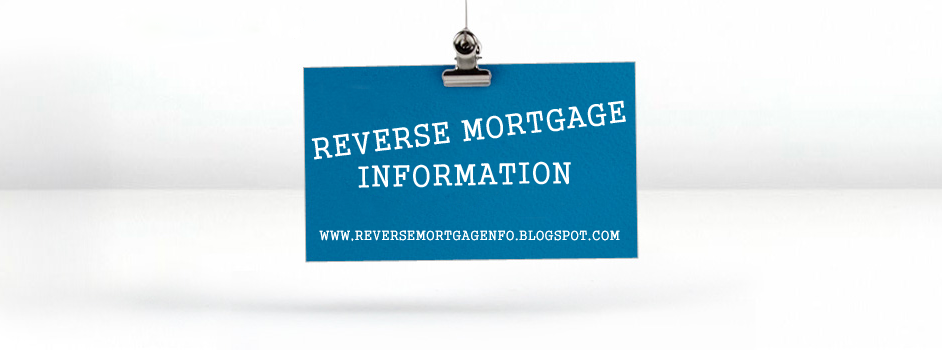The common myths regarding the terms of reverse mortgages are astounding. Despite the recommendations received from the American Association of Retired Persons (AARP), the thought of applying for a reverse mortgage continues to generate worry among seniors. It’s even exacerbated by friends who claim reverse mortgages to be not so great despite lacking reliable information about the problem.
In this article, we're going to dissuade the fallacies about reverse mortgages that continue to permeate across the collective consciousness of our seniors.
1. The most frequent myth about a reverse mortgage is that it often ends up in the homes being taken away from the homeowners. This isn't true. In fact, the borrower will have continuous usage of the home that is underneath the reverse mortgage program. This ownership is made safer by the lien that is added to the property, as with every other mortgage. It ensures that the lender will always be repaid for the amount owed, eliminating the danger of having the home taken away from the borrower.
Since most reverse mortgages are Federal Housing Administration Home Equity Conversion Mortgage (HECM) types, full safety by the US government is assured through the use of the mandatory 2% insurance fee which is payable on all FHA reverse mortgages.
The other different types of reverse mortgages are known as the Proprietary Reverse Mortgages and Federal National Mortgage Association. These are also safe as assured by private lenders.
2. The next big myth is the concept that a reverse mortgage is more expensive than other types of mortgages. On the contrary, a reverse mortgage's closing costs are more expensive than an FHA mortgage's by only 1% if acquired on the same property. Conventional mortgages, however, charge more than 2%.
The interest rate also plays a significant factor here. While typical mortgages use the prime rate as their base, the FHA reverse mortgage interest rate relies on the one year United States Treasury Note. This obviously signifies that the interest rate generated through the Reverse Mortgage is much lower when compared to that of a conventional mortgage.
3. There is also a common misinformed belief that the home will be given to the lender after the buyer has died or has moved to another permanent location. This is an outright lie. It actually uses the same method as a normal mortgage where the equity actually goes to either the estate or the beneficiaries of the borrower.
As a non-recourse contract, a reverse mortgage demands the estate to pay the bank the value of the home throughout the repayment. Exactly the same thing can be applied in the case of a decrease in the price of the home or if the borrower reaches extreme old age.
4. A final misunderstanding is that a tax is imposable on a reverse mortgage and that Social Security and health insurance are affected by the terms. In the first place, a reverse mortgage is not an income, but a loan. That by itself is the clincher in this argument.
If you are still in doubt concerning the safety that you get through mortgages, you can refer to specific publications from AARP. It's a legitimate body linked to reverse mortgages that can give you safe information.

